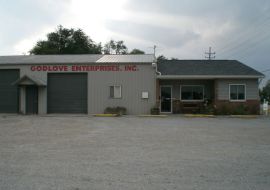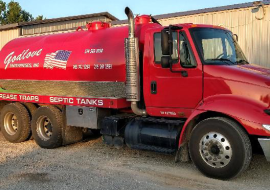What is a septic system?
There are many types of septic systems. While all septic systems are individually designed for each site, most septic systems are based on the same principles. Your septic system consists of a septic tank, a distribution box and a drainfield, all connected by pipes, called a leach bed or absorption field. Your septic system treats your household wastewater by temporarily holding it in the septic tank where heavy solids and lighter scum are allowed to separate from the wastewater. The solids stored in the tank are decomposed by bacteria and later removed by a professional septic tank pumper. After the partially treated wastewater leaves the tank, it flows into a distribution box, which separates this flow evenly into a network of drainfield trenches (absorption field). Drainage holes at the bottom of each line allow the wastewater to drain into gravel trenches for temporary storage. This effluent then slowly seeps into the subsurface soil where it is further treated and purified. A properly functioning septic system does not pollute the groundwater.


